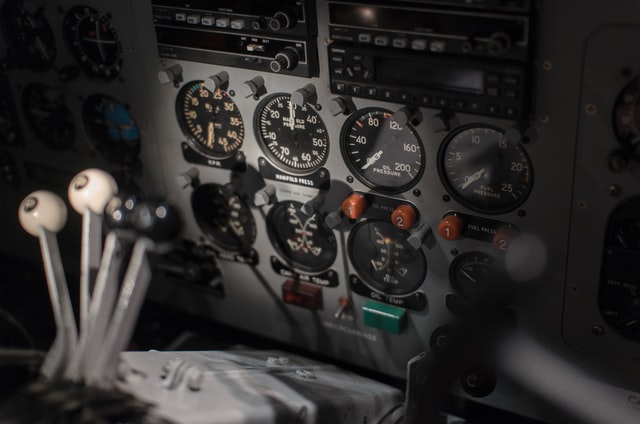 When I was in social sciences research we always always had to get permission
from the ethical committee (in the USA they use an Institutional Review Board; IRB)
before we did anything.
When I was in social sciences research we always always had to get permission
from the ethical committee (in the USA they use an Institutional Review Board; IRB)
before we did anything.
This is partly because of the insane and unethical experiments in the 1950s: like the obedience experience from Milgram, the Stanford prison experiment and in the medical world the Tuskegee Syphilis Study.
These reviews were sometimes a pain in the backside, but generally a really good thing. These oversight committees force you to think about your experiment, the invasion on privacy, or actual hurt you cause for your subjects. This is good! There needs to be a balance between how much you can learn and how much this costs your subjects. Even the questionnaires you use are checked. All of this intro just to say:
One of the most important questions you should ask yourself is:
what am I going to use this information for?
Data minimalism is something I advocate for, but I also fall into the trap of collecting without thinking through what I ’m going to use the collected data for. And everytime I do something like that, the results are mediocre.
I collected daily coffee intakes for a year. Never really used it. I guess the most you could say about my coffee intake, is that I drink 3 to 4 cups of coffee between 730 and 1300 hour (I already knew that before I started).
I collected screen activations for a very long time. In 2019 I wrote one blog post about how I set it up using tasker and one post with some analyses and graphs I never looked at my data again but kept collecting it. I turned it off ~ 2 years (and 10469 observations) later, because I don’t use it. I had ideas of how I would use it to send graphs of last week to myself, but I never did. I never set up the tooling to create the graphs for instance.
I created a tool that at several random moments during the day asks me if I have pain in my stomach (I wanted to find out if there is a pattern). but I never set up the analysis plan and so it was just collecting without a goal and ultimately useless.
Sometimes it works out though, I kept track of what I eat during a few days to see how much protein I ate, because I was weightlifting. After a few days of regular meals I realized it was a bit low and added some foods to my diet to increase the protein levels. Now I don’t collect it anymore, it served its purpose.
So lessons learned: set up processing pipeline and goals directly. Couple your tracking to a goal.
Photo by Mitchel Boot on Unsplash